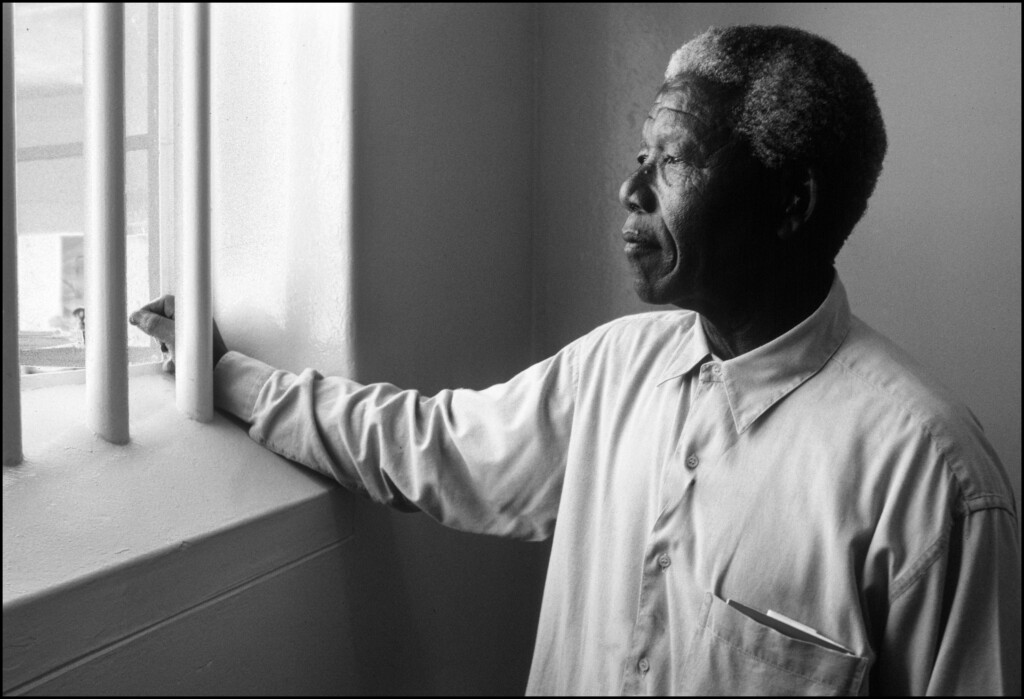Michael Grecco
| Social Media
The Role of Photography in Social Movements
Posted by Michael Grecco

The Role of Photography in Social Movements
The Role of Photography in Social Movements
If a picture is worth a thousand words, then the role of photography in social movements is pivotal to inspire, influence, and be a call to action in social movements. The digital age has made the art and medium of photography instantly accessible to everyone. Although Kodak brought photography to the masses with the introduction of the Brownie camera, most people did not carry their camera around 24/7.
Those that looked beyond the Brownie and became hobbyists investing in the latest camera equipment, and lenses were more likely to have a camera at the right time and place to capture an image that became iconic in social movements. Always at the ready with cameras in hand were freelance professional photographers.
The Photography of Instant
The digital age is a unique era in photography. It is a time when every person on earth carries a phone 24/7. It is not just a phone; it is a computer more powerful than home PCs. It is a phone that has the most advanced cameras embedded, complete with video recorders, micro, zoom, and wide angle lenses along with powerful instantaneous editing programs.
In the digital age, a photograph can be snapped, edited, and posted on social media platforms, and websites and sent to the most widely distributed news outlets instantly. Within minutes millions of minds can be influenced by photography. A time when a photograph is worth not thousands of words, but volumes.
It is the age of the photography of instant. An age where a photograph can influence the thoughts and actions of billions of people within a 24-hour day.
The Photography of War
The American Civil War is a subject for the history books that seems so long ago that there could not be photographs. It was one of the earliest times when the role of photography influenced a social movement. Taking a photograph was cumbersome, time-consuming, and dangerous during the U.S. Civil War. The photographers were some of the earliest news and freelance photographers to work for newspapers, magazines, and the political pamphlets of the day. They were the influencers of their time.
It was the horrors and atrocities that were photographed and published that began to turn the tide of blind support for blue and grey. The pictures told the story of human inhumanity. The Civil War photographers were the earliest photojournalists to change public opinion. The photographers of every war now impact social movements.
Instant Karma
War photography impacted anti-war movements along with every social movement as the power of the photograph took center stage. As stringers, freelance and news photographers became permanent fixtures in political campaigns, the role of photography in social movements loomed larger.
Political, social, economic, freedom, music, and independence movements to name a few were all influenced by a photograph. The role of photography in social movements is obvious when iconic images can be recalled and instantly tell the story of the time and place. The picture of a naked Vietnamese girl running from the flames of napalm, the tens of thousands of civil rights marchers at the US Capitol, or the riots in American cities instantly invoke the memories, stories, and truths of social movements.
The Beatles walking off a plane in NYC, Bob Dylan at the Newport Folk Festival, Woodstock, and Poison Ivy of The Cramps against a graffitied wall all tell stories of social movements. They are photographs that play music without sound. The role of photography in social movements is not new. In the digital age, it is instant karma.

Poison Ivy of The Cramps photographed by Michael Grecco
The Role of Photographer in Social Movements
Photography has long been a catalyst in driving social movements, and David Turnley’s work during the South African apartheid era is a testament to this fact. David Turnley is a Pulitzer Prize-winning photographer renowned for his committed documentation of global events and human stories. Over a span of 12 years, Turnley’s compelling images documented the intense struggles and profound human experiences during and after apartheid. His work, notably his iconic photo of Nelson Mandela’s release in 1990, not only celebrated the end of apartheid but also galvanized global support for a new South Africa.

Mandela in his cell image by © David Turnley

Mother and children on a bus reserved for people of color image by © David Turnley

The historic moment Mandela walked out of prison after 27 years on Feb. 11, 1990 image by © David Turnley
His dedication to capturing the heart of the struggle helped bring international awareness, influencing perceptions and fostering a global consensus for change. This momentous capture and others like it underscore the significant role photographers play in advocating for justice and human rights.



